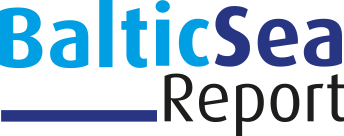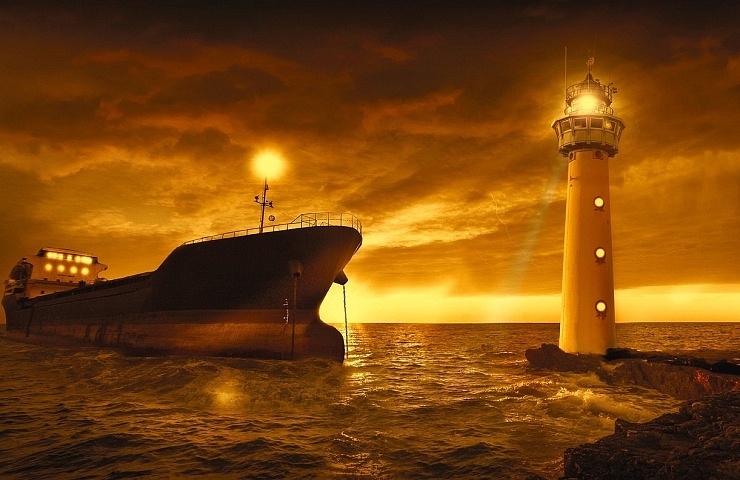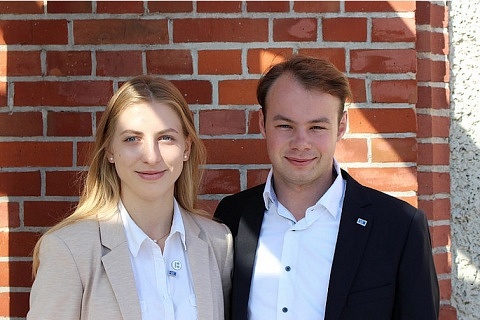By Alan AtKisson*
In the international community, when it comes to working with the 2030 Agenda and the 17 Sustainable Development Goals (SDGs) agreed to by all the world’s nations in 2015, the phrase “no one left behind” is a constant and recurring theme. The phrase is usually interpreted as referring to addressing the needs of those who are marginal, vulnerable, and indeed, poor.
But in the Baltic Sea Region, I believe this phrase “no one left behind” has another, equally pressing meaning: none of our region’s countries, cities, companies or communities can be left lagging too far behind the others as we pursue our own accelerated transformation to sustainable development.
In the eyes of the rest of the world, our region is considered a global leader in sustainable development (“SD”). A set of indicators assembled by the Bertelsmann Foundation and the Sustainable Development Solutions Network ranks five of the region’s countries in the top ten of global SD performance. All but one of the region’s countries are in the top forty. (See http://sdgindex.org )
However, that ranking reflects a certain specific set of indicators (selected by the report authors) that align well with our region’s overall level of economic development. The measures do not capture, or weigh, factors that might be decisive when it comes to achieving actual sustainability in the management of our economies and societies — for example when it comes to our collective use of resources and our emissions of pollutants like CO2.
A consolidated measure of our impact on the planet, called the ecological footprint, also ranks many countries in our region highly. In fact, Sweden holds the distinction of placing number highest for our region on both lists — the list of “most sustainable countries” from the Bertelsmann/SDSN perspective, and “least sustainable countries” according to the analysis produced by WWF and the Global Footprint Network in 2016. (See http://wwf.panda.org/lpr/ )
So it seems that the “best” performer on sustainable development in our region is also the “worst” — depending on which criteria you use. Other data pulled from European databases can also shed new light on the differences among our countries, and help us see the region in a new way. For example, while countries like Sweden, Denmark and Finland lead the EU in the performance of their innovation systems, Lithuania and Latvia show the fastest advances in innovation performance (Lithuania leads the whole EU in this regard, by a wide margin). (See: European Innovation Scorecard 2017.) And when it comes to measuring how fast companies are adopting sustainable manufacturing methods, leadership is spread around our region in surprising ways as well. (See Flash Eurobarometer 433 from 2016.)
Taking this more nuanced view of performance data helps us to see the region not as divided down the middle, between “good” and “slow” countries, but as a mosaic of countries with different strengths and weaknesses — which means they all have something to contribute, and something to learn.
This short review, which I covered in more depth for a keynote speech at the EUSBSR Strategy Forum in 2016, helps set the stage for a modest proposal: a five-step pathway for transforming our region. I am pleased to note that since this five-step proposal was first presented, in Stockholm in November 2016, one of these steps has become reality.
Step 1: Set a bold new regional vision — and raise the stakes
To achieve the potential for transformation that we have in this region, we need to align the scale of our vision, and our ambition, with the scale of the challenge — and the economic opportunity that sustainable development represents. This means aiming higher than current policies. That is what visions are about: we need to clearly define success, in every sector and dimension, and then aim for it.
Current policies like the EUSBSR and the new Baltic 2030 Declaration serve foundations, with the latter explicitly embracing the SDGs as a regional priority. But if we want to achieve transformation, we need to be even more ambitious.
That’s where the new Baltic 2030 Action Plan comes in. It defines an ambitious vision, six priority focus areas, and six activation processes by which every key sector and actor in our region can be engaged. The vision is there, and it was signed off by all Baltic country governments. Now we need to manage our affairs as though we actually mean it.
2. See our diversity for what it is — a major asset
We need to notice — really notice — that innovation and leadership for sustainability can pop up everywhere in our region, and that everyone has something to contribute, and something to learn. You can see this in policy leadership, such as that shown by Poland in spearheading the process of getting the Baltic 2030 Declaration established. You can see it in business leadership, such as the innovations in bio-economy coming out of Finland or the eco-businesses sprouting up in Latvia. We need to embrace our regional differences as a source of creative “juice”, and invest in innovation polycentrically — creating multiple concentrations of young “sustainable wealth creators” all over the BSR.
3. Embrace the global wave of sustainability innovation — region-wide
We need to dismantle the region’s innovation border, which exists more in our minds than it does in reality. We need to see the whole regional map as “green” — and circular, low-carbon, blue, sustainable, net-positive etc. These new economic models for sustainability are no longer marginal or “add-on” ideas; they are central to building the economy of the 21st century. If we fully integrate these new transformational economic models into every collaboration platform, financing mechanism, and innovation process we have, we can double or triple the rate at which we find, create, and scale up solutions.
We can build on the “bright spots” of innovation and progress that already exist, all around the Baltic — and create a “bright region” for sustainability here.
4. Create our own scoreboard — and start counting the wins
To better track our progress, we need to review our region’s indicators — and very likely build a new dashboard. Our Baltic dashboard needs to be focused less on traditional “lagging” indicators like GDP, and more on “indicators of transformation” — rates of innovation, diffusion, scaling, goal-setting, transboundary collaboration, and more. Then we need to watch those indicators carefully: discuss them, work on them, try to move them.
We need indicators that aim us in the right direction — and tell us whether we are actually going there, and how fast.
5. Wear the “leader’s jersey” with pride — and ride
Let’s imagine regional transformation to sustainable development as though it were a “Tour de France” bicycle race — or “Tour Baltique” in our case. A bike race of this kind happens in stages. Different people take turns as leaders. Teams compete, but they also take care of each other: everyone needs to get across the finish line.
In the eyes the world, in the global “Tour de Sustainable Development,” we are wearing the leader’s “yellow jersey.” And like star athletes, we need to live up to the hype.
Our region’s reputation, in the rest of the world, is that we are a smart, innovative, principled yet profitable hotbed of economic ideas and development strategies. People believe we have a special understanding of global challenges and opportunities associated with sustainable development, and also how to turn these challenges and opportunities into business advantages.
Let’s show them that this reputation is deserved.
1. For an overview of the “polycentric” development vision for Baltic cities, see “Development of Cities in the Baltic Sea Region,” VASAB, Jan 2016, page 29. Available from: http://www.vasab.org/index.php/urban-rural-relations/cities-development
2. See “Magnet Cities,” KPMG, 2015, which describes the profile of young wealth creators — who are attracted to cities that have a commitment to sustainability. See: https://assets.kpmg.com/content/dam/kpmg/pdf/2015/03/magnet-cities.pdf
*Alan AtKisson is a senior advisor and author based in Stockholm. This article is based on the Executive Briefing he presented as a keynote speech to the EUSBSR Strategy Forum in Stockholm, November 2016. Relevant data has been re-checked and updated. For a copy of the full original briefing, visit http://atkisson.com/strategyforum2016/
The EU Strategy for the Baltic Sea Region (EUSBSR), adopted in 2009, is the first Macro-regional Strategy in Europe. It is an agreement between the EU Member States and the European Commission aiming at strengthening cooperation between the countries bordering the Baltic Sea. The EUSBSR is divided into three objectives: save the sea, connect the region and increase prosperity. The key focus of the EUSBSR is on joint problem-solving and the many opportunities that regional cooperation provides.
“Let’s Communicate!” project, which functions as the Communication Point of the EUSBSR, launches a series of articles focused on EUSBSR priorities in order to promote the success stories and cooperation within the Strategy framework. The project is co-funded by the Interreg Baltic Sea.

 Deutsch
Deutsch




Leave a Reply